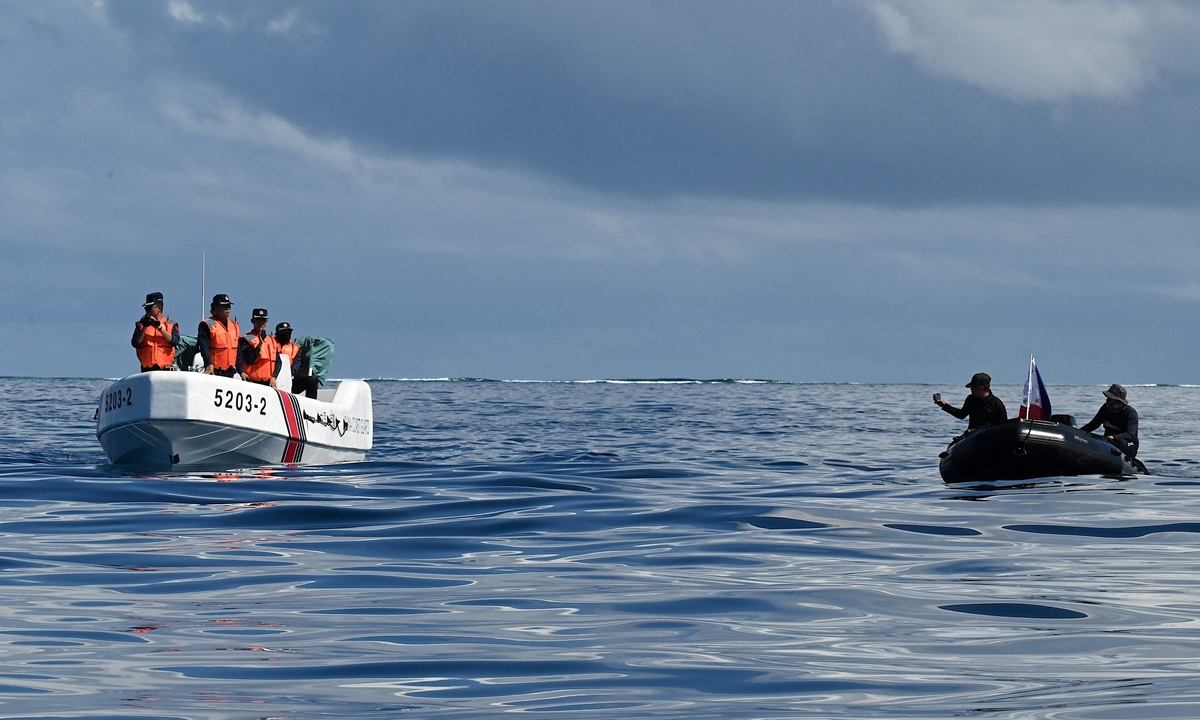YTL said the YTL AI Supercomputer will be located in a 664ha data centre facility in the YTL Green Data Centre Campus in Johor.
KUALA LUMPUR: YTL Power International has announced the formation of YTL AI Cloud, a specialised provider of massive-scale graphic processing unit (GPU)-based accelerated computing.
has announced the formation of YTL AI Cloud, a specialised provider of massive-scale graphic processing unit (GPU)-based accelerated computing.
YTL AI Cloud will deploy and manage one of the world’s most advanced supercomputers on Nvidia Grace Blackwell-powered DGX Cloud, an artificial intelligence (AI) supercomputer for accelerating the development of generative AI.
In a statement yesterday, YTL said the YTL AI Supercomputer will be located in a 664-ha data centre facility in the YTL Green Data Centre Campus in Johor, powered by a renewable energy source from its on-site 500-megawatt solar power facility.
Prime Minister Datuk Seri Anwar Ibrahim said YTL AI Cloud, the first for Malaysia, will accelerate Malaysia’s adoption of AI and spearhead the development of the country’s Sovereign Cloud.
“The collaboration with Nvidia is a testament to Malaysia’s attractiveness as a hub for digital investments,” he said.
Meanwhile, Investment, Trade and Industry Minister, Tengku Datuk Seri Zafrul Abdul Aziz said the AI Cloud will create high-value, high-income jobs for Malaysians.
“This marks a significant step forward in our mission to become a leading AI and data centre hub in the region,” he said.
He said the initiative not only brings Malaysia closer to achieving its goals under the New Industrial Master Plan 2030, but also demonstrates Malaysia’s capability and readiness to play a significant role in the global technology landscape.
It is to be noted that YTL will be among the first companies to adopt Nvidia GB200 NVL72 – a multi-node, liquid-cooled, rack-scale system with fifth-generation NVLink.
The supercomputer will be interconnected by Nvidia Quantum InfiniBand networking platform.
The platform acts as a single GPU with 1.4 exaflops of AI performance and 30 terabytes of fast memory, and is designed for the most compute-intensive workloads.
The YTL AI Supercomputer will surpass more than 300 exaflops of AI compute, making it one of the fastest supercomputers in the world.
“There is no doubt that AI is a critical tool that will power the global digital economy,” said Digital Minister, Gobind Singh Deo.
He said having one of the most powerful Nvidia cloud computing infrastructures in Malaysia is a game changer and will spark innovation and development of solutions which are instrumental to the success of the Malaysia Digital Economy blueprint.
“Nvidia is working with YTL AI Cloud to bring a world-class accelerated computing platform to South-East Asia – helping drive scientific research, innovation and economic growth across the region,” founder and chief executive officer of Nvidia, Jensen Huang said.
The latest supercomputer marks one of the first deployments of the Nvidia GB200 Grace Blackwell Superchip on DGX Cloud, supporting the growth of accelerated computing in the Asia-Pacific region.
Meanwhile, YTL Power International managing director, Datuk Seri Yeoh Seok Hong said the group is proud to be working with Nvidia and the Malaysian government to bring powerful AI cloud computing to Malaysia.
“We are excited to bring this supercomputing power to the Asia-Pacific region, which has been home to many of the fastest-growing cloud regions and many of the most innovative users of AI in the world,” he said. — Bernama















